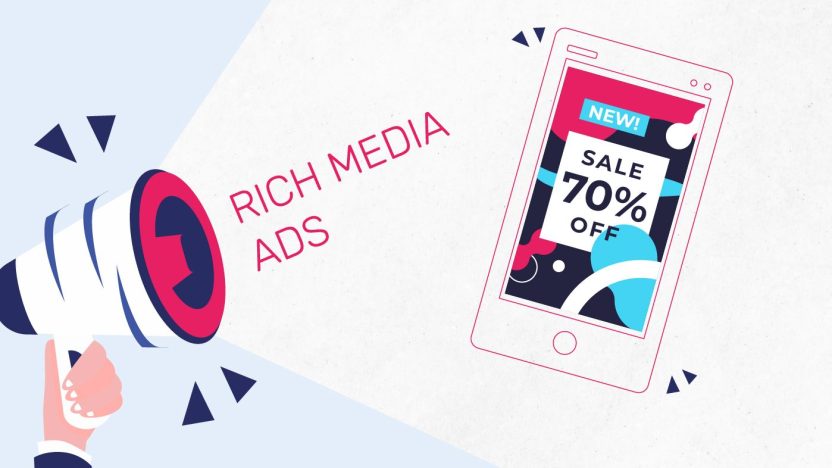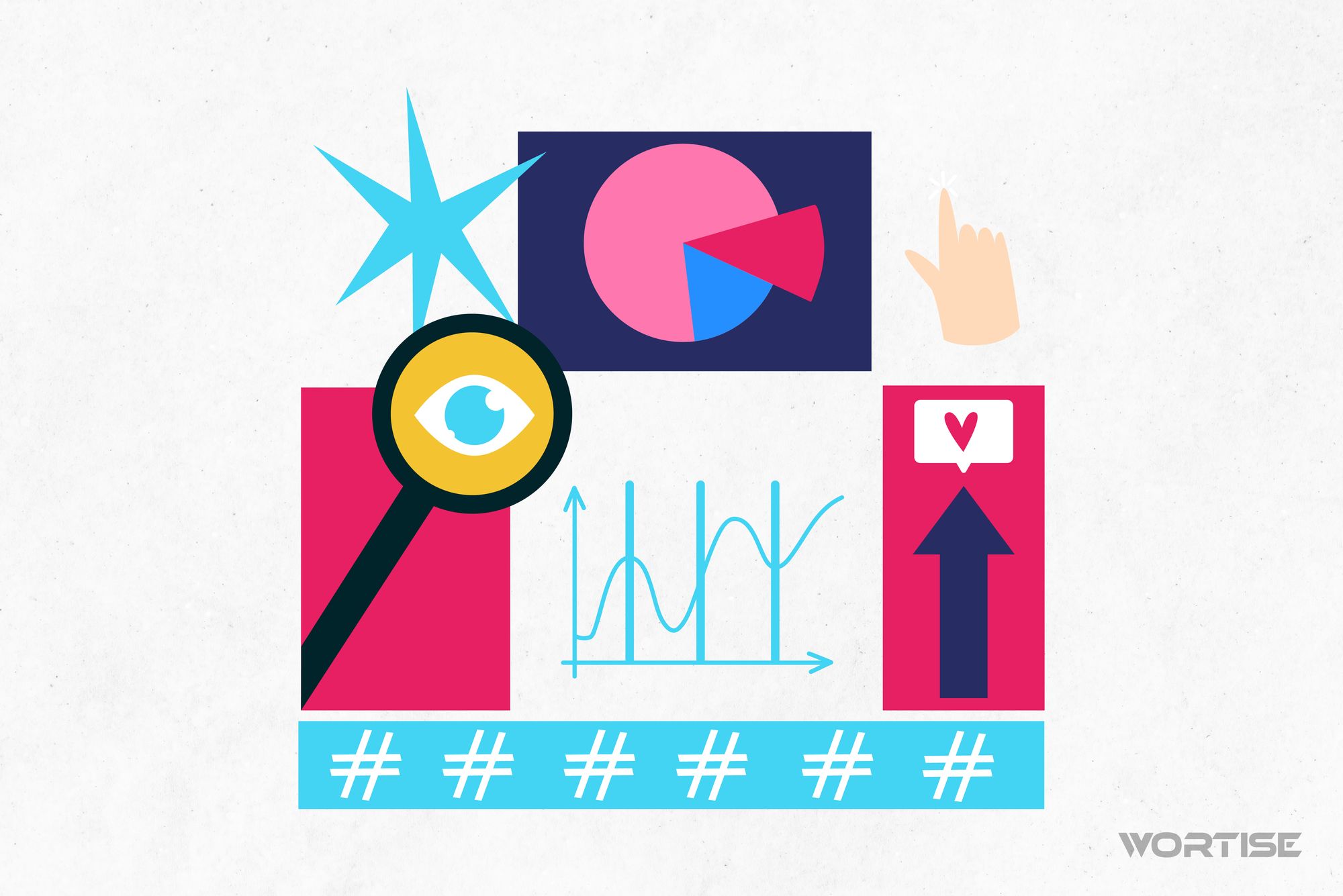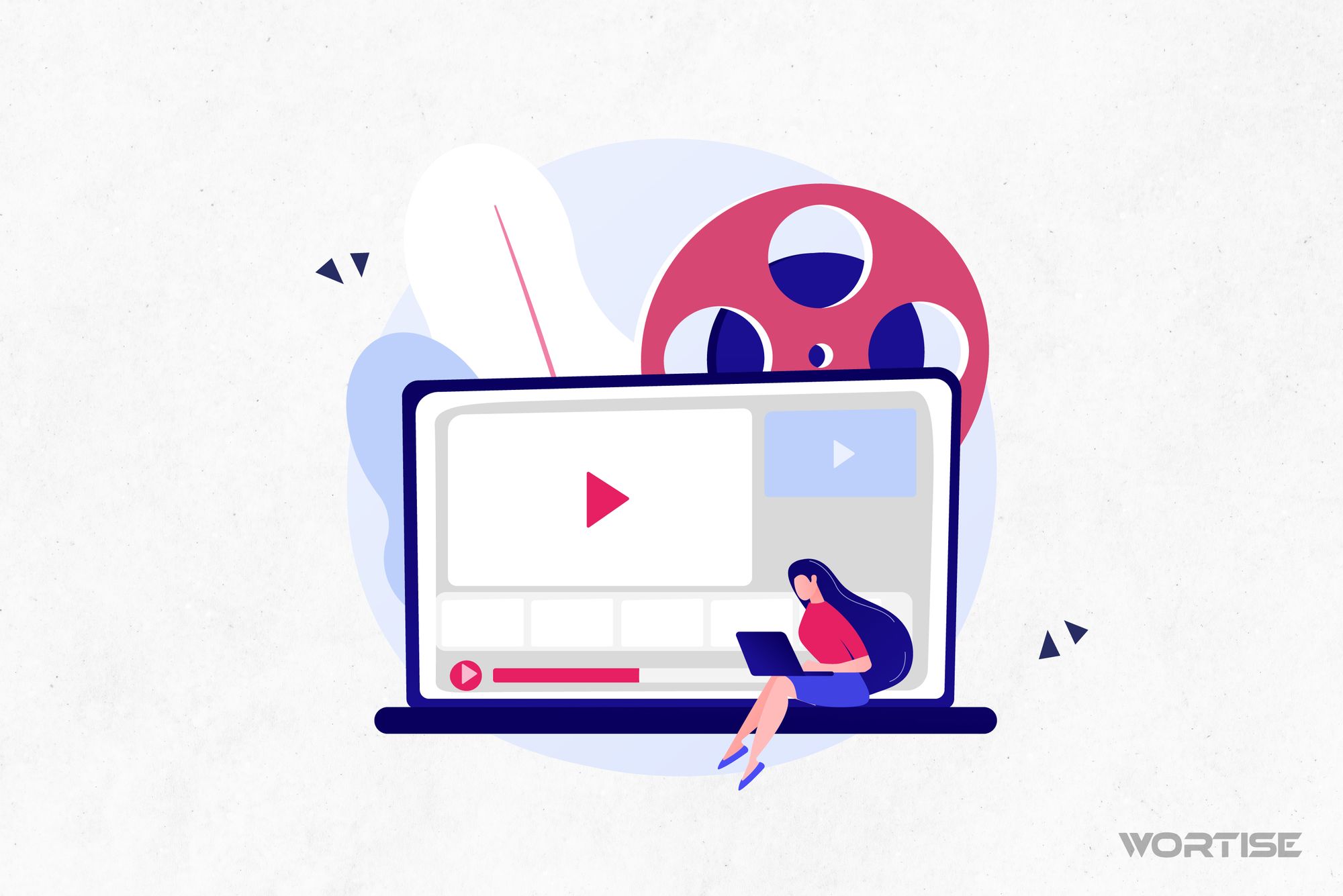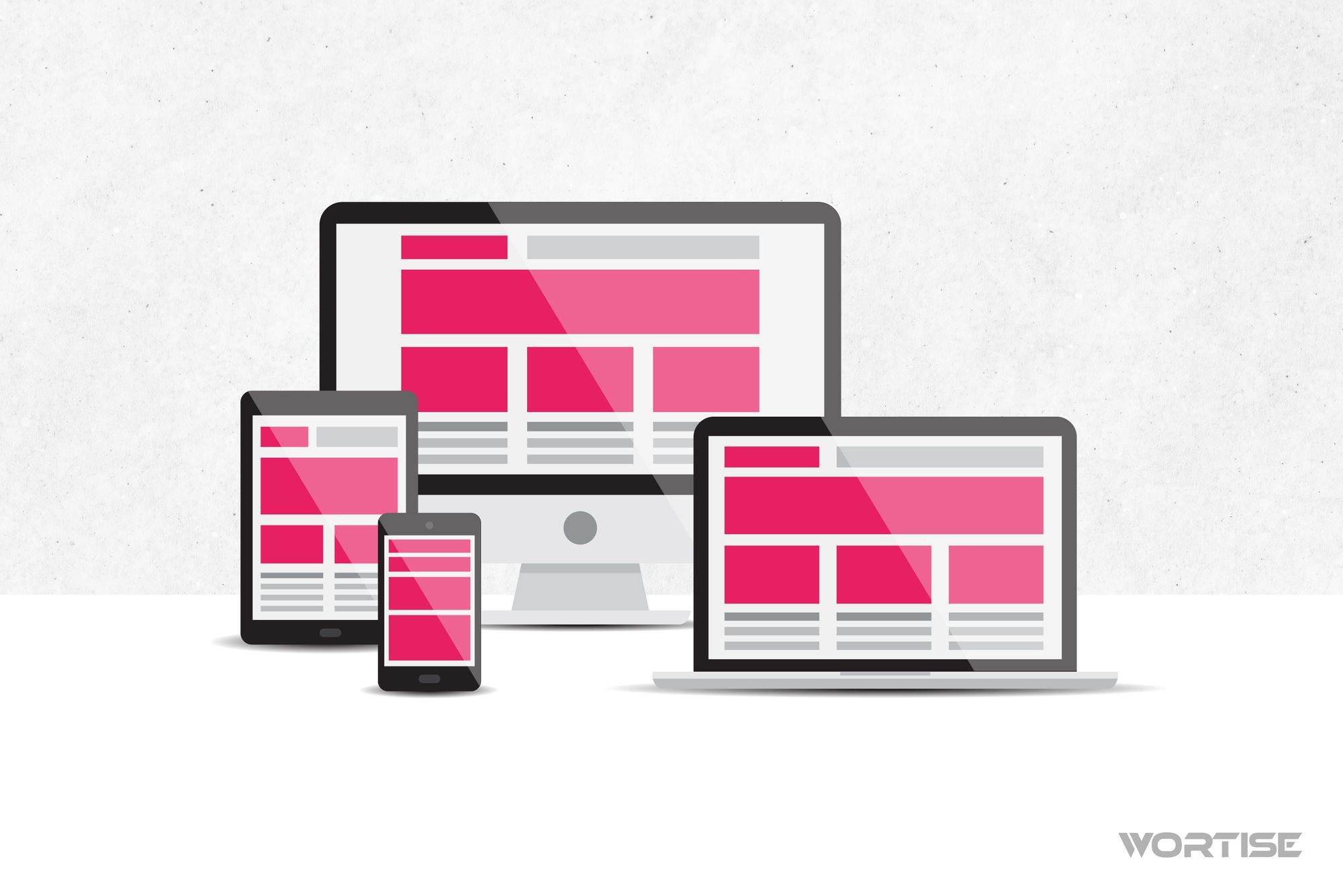The era of static and boring advertising is long gone, relegated to the paleolithic period. Think that’s an exaggeration? Not even a little bit! If mobile ads aren’t interactive and engaging, all your monetization efforts are either null or insufficient. Rich Media Ads are the ideal answer to immerse users in interactive advertising and see a substantial increase in earnings.
Your task as a publisher is to deeply understand how Rich Media Ads work and what you can do to incorporate them correctly into your monetization strategy. Struggling with it? Are there aspects you need clarification on? Maybe this post will help clear any doubts you have.
What are Rich Media Ads?
Rich Media Ads are the incentive required by any mobile application to display ads that aren’t boring and capture the user’s attention. It’s no easy task, especially considering that many users don’t resonate with advertisements.
Unlike traditional static banners, Rich Media adds a touch of dynamism and are typically composed of animations, games, scroll effects, sounds, and other elements aimed at capturing the user’s full attention.
Are they useful? Obviously. Their implementation improves click-through rates (CTR) and yields higher profits. Rich Media ads make the most of emerging technologies to display ads without spoiling the user experience.
These types of ads combine multiple layers of content – photos, videos, audios – in a single space, even allowing direct social media sharing from the ad. Wonderful, isn’t it?
Benefits of Rich Media Ads in UX
According to a study by Insider Intelligence, programmatic advertising that includes video (yes, Rich Media Ads exactly) will grow substantially above ads without motion. This is due to connected TV and the boom of social networks.
If that data seems insufficient, here’s a more convincing one: at least 91% of advertisers and marketers already use video ads, according to a HubSpot study.
In this scenario, it’s impossible for you to sit idly by. Rich Media Ads are the immediate response to the demands of publishers and advertisers hungry to capture audiences. Their benefits are manifold, and here are some:
More assured interaction
These ads are strategically designed to encourage user interaction by providing interactive elements such as pop-up buttons, sliders, and catchy music.
It’s not what you sell, it’s how you sell it. If an ad is presented in this manner, it will generate a more engaging and enjoyable experience, which will yield good results, such as a higher interaction rate.
Nailing the User Experience (UX) click
Rich Media Ads know no bounds when it comes to creativity. The ability to use animations, stunning visual effects, and almost mythological narratives leads to a substantial improvement in the user experience (UX), thereby increasing the retention rate.
In addition to all the work you do within the app to keep it optimized and enjoyable, trust me, incorporating Rich Media gives it a timely boost to perfect your UX design.
Personalization and relevance
Another vital aspect of this type of advertising is the ability to adapt advertising content according to each user’s interests. Interesting, isn’t it? You can transcend the barrier of generality and hit the nail on the head, reaching the ideal customer, the one you already know from the data you’ve collected about them.
By showing relevant and personalized ads, users feel more involved and connected with your proposition and what you want to convey.
Better CTR and conversion performance
All elements of Rich Media Ads contribute to better performance in terms of Click-Through Rate (CTR) and conversion rates, which is what all publishers aspire to.
Because users are more motivated to interact with these types of ads, it has been evidenced – even by statistics – that it increases the likelihood of desired interactions.
Assured creativity
Imagine a user is about to leave your app, but suddenly, an impactful ad appears that motivates them to view it in full. The music, the colors, the visual effects, each element arouses in them the desire to interact.
Now, imagine that scenario for other users. The creativity offered by Rich Media is the perfect hook to catch users’ attention and leave a lasting impression on them.
Types of Rich Media Ads: These are the formats you can include in your strategy
The good thing about these formats is that a single ad can be presented in different ways. There are all kinds of formats that adapt to each application and even to the orientation of devices (vertical or horizontal).
Let’s see what the current reigning formats are:
Expandable
This format is widely used by businesses with apps. It requires user interaction because it has the ability to expand beyond its initial size. It can expand in two ways: when the user clicks on the ad or automatically.
Its most outstanding feature is that it can expand horizontally or vertically, change its original shape, or dissolve, all while overlaying the app’s content. It’s also worth noting that it has a predefined playback time (including a countdown indicating how long it lasts).
Interstitial
One of the most used worldwide and included in all monetization platforms. Interstitial ads appear to the user before the app’s content is fully loaded. That is, they appear when the decision is made to skip to another section of the app or load a game level.
Interstitial ads occupy the entire screen and prevent the user from focusing on other things in the app. Their use increases CTR compared to banners or other less interactive ads.
Interactive banners
We know that banners aren’t as creative, but with the conception of Rich Media Ads, they gain superpowers and become key elements to engage users. Unlike traditional banners, these have interactive elements that make them visually relevant.
They load when the user finishes viewing specific content within the app.
Floating banner
Let’s say it’s another variant of typical banners. In short, floating banners draw from the DNA of interstitial ads and create an enhanced advertising experience.
Generally, these ads load long before the app’s content appears, and although they don’t generate as much interaction as interstitials, it’s not a bad idea to incorporate them into your strategy.
Display
These are the most common and widely used because they have several executions and a high CTR. First of all, you should know that they are displayed in the app with a fixed position and a pre-established size. They contain attractive elements such as videos, sounds, images, and other creatives that mostly replace text and words.
There are Display formats that stand out for their ability to increase engagement with the audience, such as:
• Collage: they combine different images and videos in the same ad, making the most of the playback time. They are ideal for narrating visual stories in an immersive way.
• Full screen: it’s a video that occupies the entire device screen and creates an immersive experience, delightful for the eyes. They are widely used to showcase landscapes and detailed shots of a particular product.
• Video Motion: if a video is already attractive on its own, it gains more notoriety when dynamic animations are incorporated. This is what the video motion format seeks, a hidden gem of displays.
Multidirectional Expandable (MDE)
These ads have a life of their own, as they move in different ways to occupy the screen as much as possible. For example, if it’s placed on the right, it will move to the left to gain the widest possible field of view.
Video
There’s not much to explain here. Videos are some of the favorites of Rich Media Ads and can be placed in different parts, such as bottom, top, or anchored in a specific part.
It’s common to see publishers fill their inventory thanks to the demands of Rich Media video.
Best Practices to Maximize Rich Media Ads
It’s not just about incorporating Rich Media; you have to know how to use them intelligently. Here are some strategies that are sure to work for you:
Choose appropriate formats
First of all, you should choose the Rich Media format that you feel could be most successful in your in-app monetization campaign. How do you know which is the best format for you?
Statistics will give you insights into this.
Review the metrics on the mediation platform and see which formats are most profitable for you. Based on that, try to fill your inventory following your consumption pattern.
Optimize your app’s performance
Rich Media Ads can be incredible for retaining users, but if your app is deficient and archaic, it’s very difficult to extract its maximum potential. Therefore, make sure that Rich Media ads play in your app smoothly, with quality and in real time.
Slow loading negatively affects the user experience and, consequently, leads to a negative impact on revenue.
Play creative ads
The more attractive and dynamic the ad, the better. Advertisers, make sure to create impactful ads with all the resources that Rich Media offers. And you, as a publisher, make sure that the content displayed in your app is dynamic and engages users with the message it conveys.
Conduct A/B testing
Campaigns that incorporate Rich Media must necessarily go through the infallible A/B testing method, so you can determine which format generates better results and adjust your strategy in real time.
It’s better to make decisions based on results obtained than to improvise along the way.
Precise targeting
The fact that Rich Media ads are immersive is not a guarantee that they will be effectively embraced by the entire audience, especially if you don’t work with strategic segmentation and leave everything to the “generic audience”.
Merge the immersive experience of Rich Media with users’ interests, behavior, and geographical location, so you can see positive results in your monetization strategy.
Here, the mediation platform you use is vital. Just as advice, choose one that works with hyper-segmentation, innovative formats, and first-party data.
Choose strategic placements
Imagine that in your app there’s a tab that users search for the most, let’s say on the right side. If you place an ad there every five or ten seconds, they may get fatigued.
You must avoid intrusive interruptions at all costs and the inclusion of Rich Media ads in places that users frequently use. Try to place them in strategic locations so you don’t undermine the great work you do in UX.
Check full views
Frequently monitoring the performance of Rich Media ads will give you precise data on how many users have interacted with the content or, alternatively, have viewed it until the end.
It may seem simple, but this will help you measure the effectiveness of each ad to maintain a working line that prioritizes excellence.
Innovative Rich Media Ads formats + hyper-segmentation in one place: Wortise
Hello, dear publisher. We know that designing your app took hours of sleep and hard work, so helping you make the most of it is our priority. We help you maximize your earnings from day one by offering you up to double the eCPM of AdMob.
Count on Wortise to use the most innovative Rich Media formats on the market, as well as our machine learning technology that allows precise hyper-segmentation to reach premium audiences.
Connect with over 100 Ad Networks and add value to your inventory!




